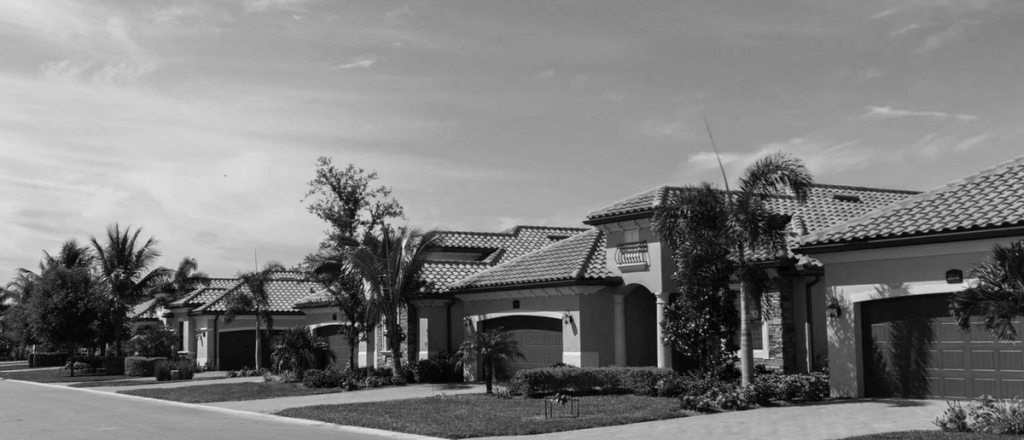Not all community newsletters get read. Some get skimmed, many get ignored, and others go straight to the trash.
Here are a few simple, practical tips from the Grayson Community Management team to help HOA boards write better newsletters that connect with homeowners and get the message across.
1. Keep It Short and Easy to Skim
People are busy. If your newsletter feels too long or hard to follow, they’ll likely stop reading.
✔ Use short paragraphs
✔ Add clear headers and bullet points
✔ Bold key details so they’re easy to find
🟢 Example:
Street Sweeping – Wednesday, April 24
Please move cars off the street by 8:00 AM. Thank you for helping keep our neighborhood clean!
2. Stick to What People Care About
Not everything needs to be in the newsletter. Focus on what’s useful and timely:
• Maintenance schedules
• Upcoming events
• Quick board updates
• Friendly rule reminders
• Safety notices
• Who to contact and how
If it doesn’t help or inform homeowners, leave it out.
3. Write Like You’re Talking to a Neighbor
Your tone makes a big difference. Keep it professional but warm and approachable — like a friendly update, not a warning.
Instead of:
“All pets must be leashed at all times.”
Try:
“Quick reminder: Please keep pets leashed when walking through shared areas — thanks for keeping things safe for everyone!”
4. Make It Look Good
If it’s hard to look at, it won’t get read. A clean layout helps people want to read your message.
✔ Use white space to break things up
✔ Keep fonts and colors consistent
✔ Use simple headings to guide readers
✔ Make sure it looks good on phones (most people read on mobile!)
5. Add a Little Personality with Visuals
A picture can bring your message to life. Whether it’s a photo from a recent event, a seasonal graphic, or a simple icon, visuals help break up the text and keep things interesting.
Try tools like Canva to make your newsletter feel modern and welcoming without needing a design degree.
6. Don’t Forget the “Now What?”
Every newsletter should end with clear next steps:
• Got questions? Here’s who to contact.
• Want to attend a meeting? Here’s the date.
• Need more info? Here’s the link.
It’s a small thing but it makes your newsletter way more helpful.
Final Thought
Community newsletters don’t have to be complicated or time-consuming. Just keep them clear, kind, and focused on what matters most to your residents.
At the end of the day, your newsletter is more than an update — it’s an opportunity to build trust and connection within your community.

